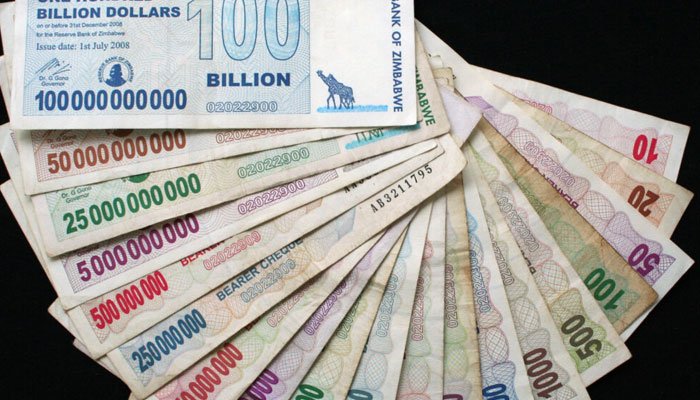Economic Disparity in the Middle East: A Region of Stark Contrasts. The economic disparity across the Middle East is striking, as highlighted by the latest data on GDP per capita for 2024. While the region’s average GDP per capita stands at $13,700, this figure masks significant inequality. Countries such as Qatar and the UAE, blessed with vast energy resources, enjoy high levels of prosperity, while nations like Yemen and Jordan struggle with much lower economic output per person.
Qatar leads the region with a GDP per capita of $71,568, positioning it as the ninth-wealthiest nation in the world. This wealth is largely driven by its substantial oil and natural gas reserves, including the world’s third-largest natural gas deposits. In addition to these resources, Qatar’s government has invested heavily in infrastructure and diversified industries, ensuring long-term economic sustainability. The nation’s citizens benefit from generous welfare programs, including free water, electricity, and healthcare.
The UAE follows closely with a GDP per capita of $49,550. Despite its dependence on oil, with nearly 80% of its government revenues coming from the energy sector, the UAE has made significant strides in economic diversification. The country has become a global hub for finance, tourism, and technology, and it has increasingly focused on renewable energy as part of its long-term strategy. Citizens enjoy a range of state-sponsored welfare benefits, including free higher education and subsidies for food and fuel.
Saudi Arabia, another oil powerhouse, ranks fourth with a GDP per capita of $32,881. The kingdom is home to Saudi Aramco, the world’s largest energy company, which produces about 11 million barrels of oil per day, contributing to the nation’s wealth. Despite this, Saudi Arabia’s GDP per capita is significantly lower than Qatar’s, largely due to its much larger population, which exceeds 37 million people.
In stark contrast to these wealthy nations, Yemen’s economic situation is dire. With a GDP per capita of just $465, Yemen is grappling with the consequences of a decade-long civil war and an ongoing humanitarian crisis. The country also faces limited natural resources, further stifling its economic growth. Similarly, Iraq and Iran, which also have large energy reserves, have seen their economies hindered by political instability, sanctions, and mismanagement, leading to much lower GDP per capita figures of $5,947 and $5,013, respectively.
Other nations such as Kuwait, Bahrain, and Oman also benefit from oil wealth, though their GDP per capita is still far lower than Qatar’s. Kuwait’s GDP per capita stands at $32,290, while Bahrain’s is $29,573, and Oman’s is $20,631. These countries have made efforts to diversify their economies, but oil continues to play a dominant role in their wealth.
Meanwhile, Jordan and Egypt struggle with limited natural resources and face economic challenges exacerbated by high population growth. Jordan’s GDP per capita is $4,682, while Egypt’s is even lower at $3,542. These figures reflect not just the scarcity of energy resources but also the broader structural challenges these countries face in building sustainable, diversified economies.
As the data underscores, the Middle East remains a region of extreme economic contrasts, shaped by a combination of resource wealth, political dynamics, and regional instability. While countries rich in energy resources have reaped the benefits of prosperity, others continue to face deep economic challenges, with no clear path to equitable development in sight.








